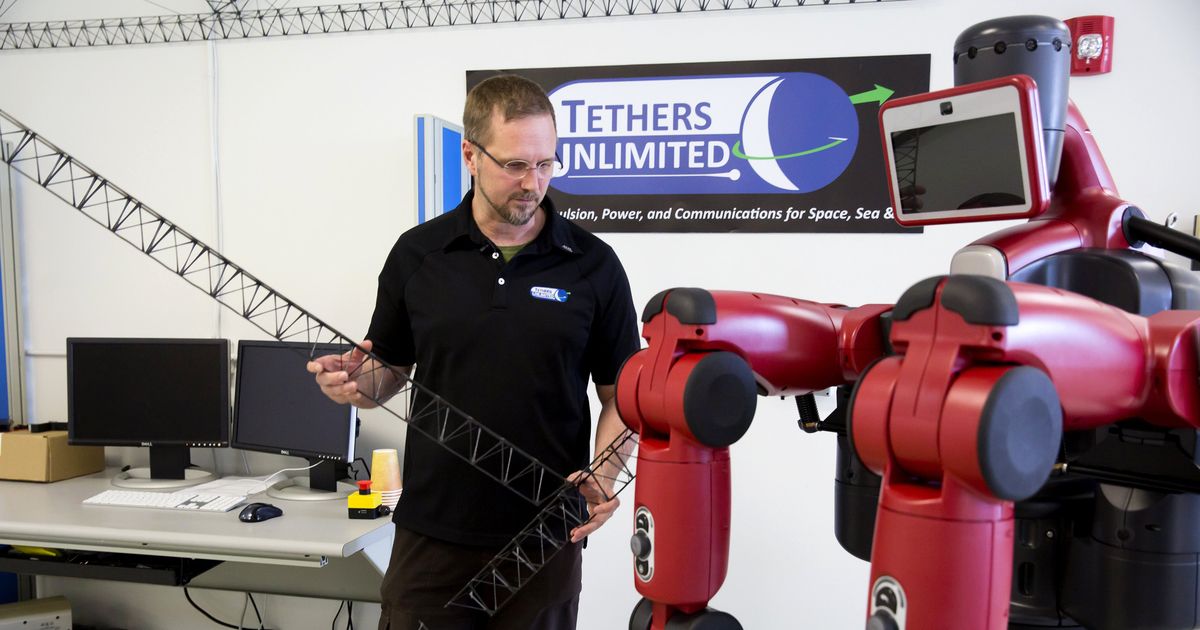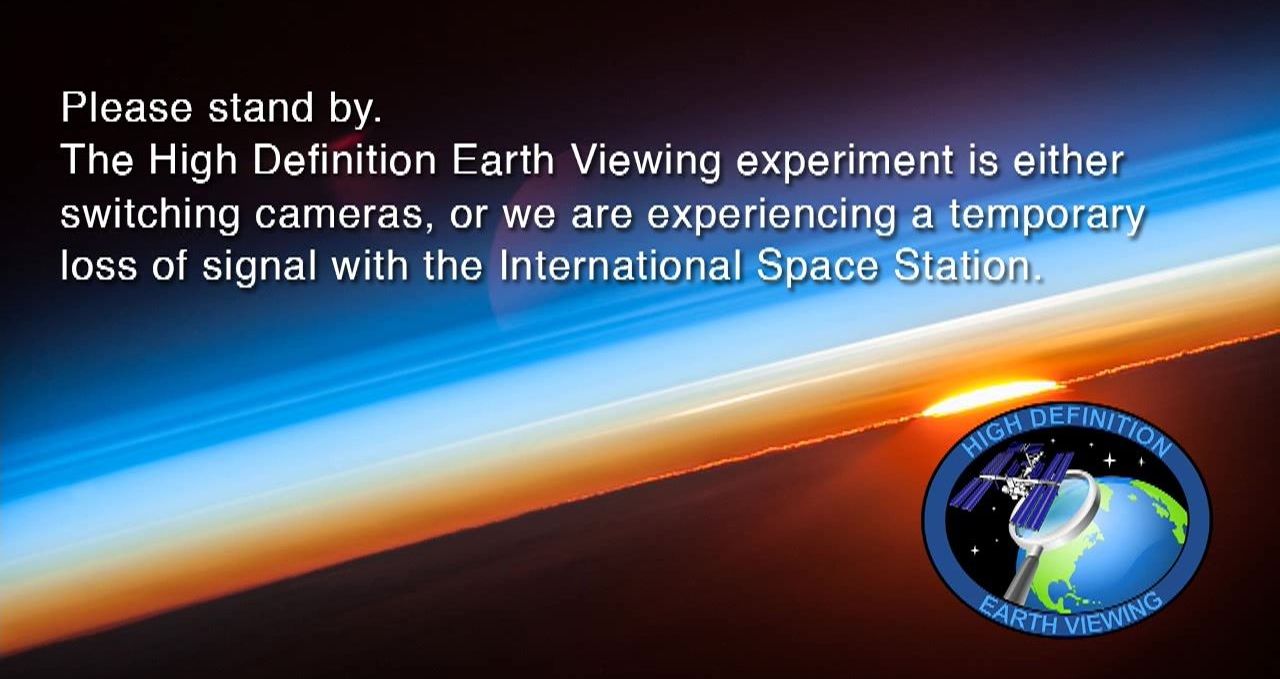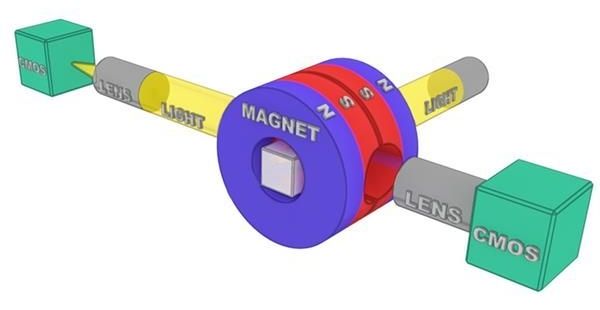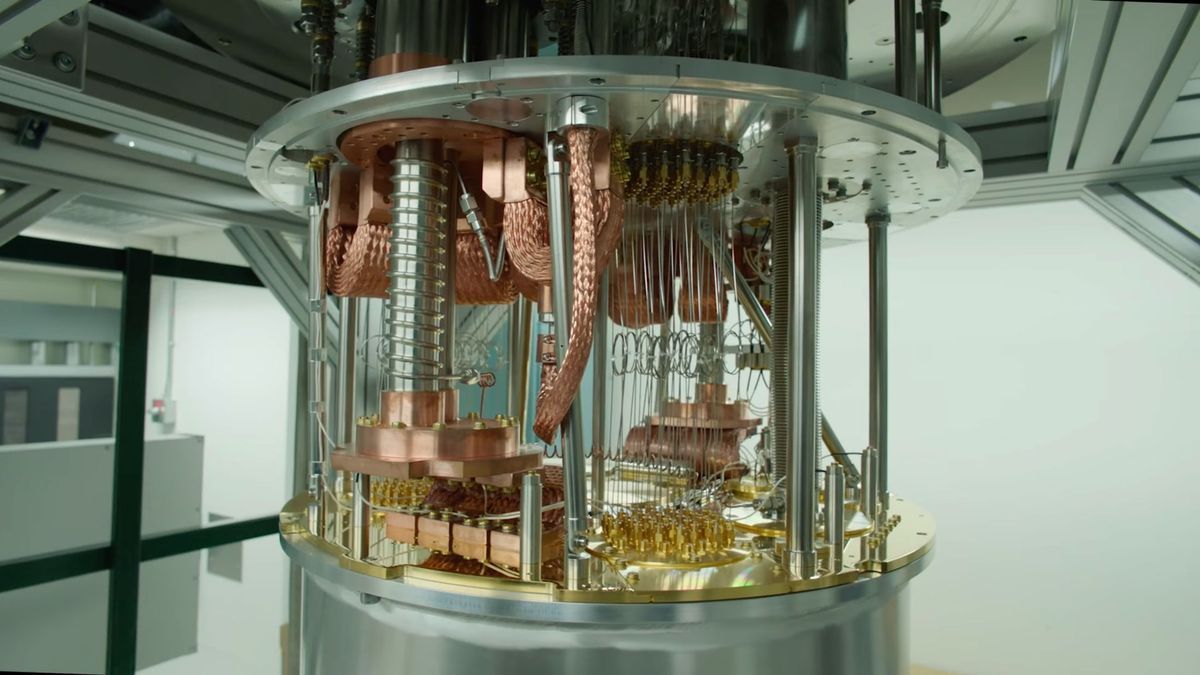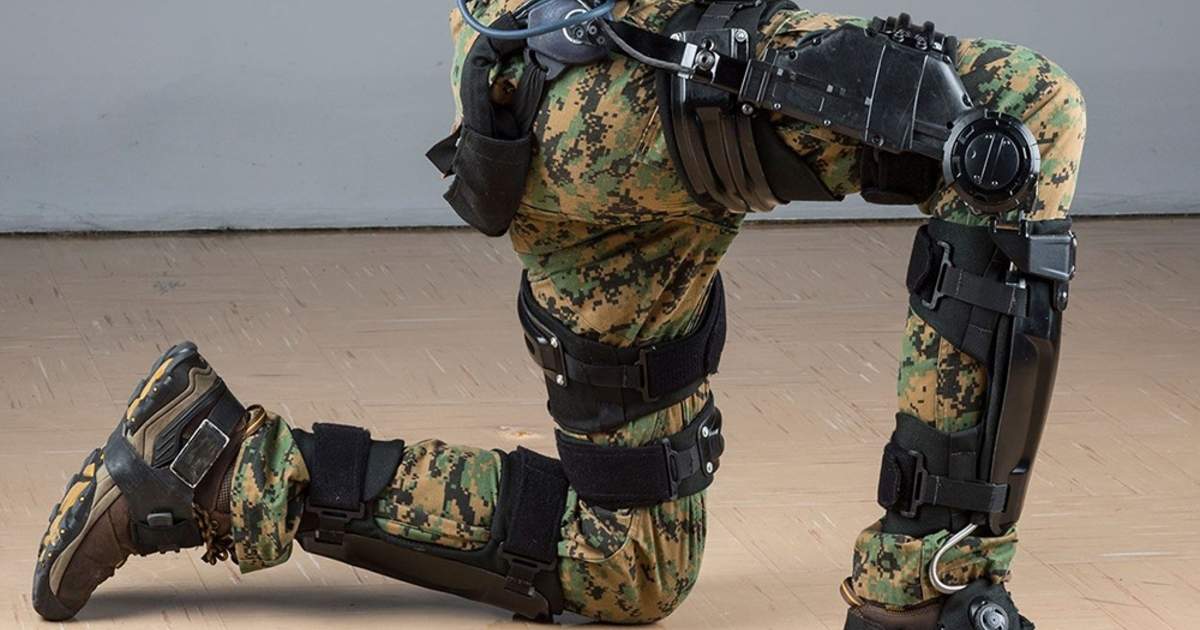Talk of commercial missions to the moon, constellations of satellites, space tourism, and a trillion-dollar space economy filled the NewSpace conference in Renton Tuesday. There was also a cautionary tale.
Cafe X, the robotic coffeeshop startup, debuted its second generation robot barista kiosk on the streets of downtown San Francisco today.
Unlike other dedicated storefront locations, this new version of the Cafe X robot is a standalone kiosk that sits literally on the sidewalk at the corner of Sansome and Bush in SF’s Financial District. In addition to the updated form factor, the new version of the robot can handle multiple drink sizes (8 oz and 12 oz), clear cups, and also does nitro-infused cold brew coffee.
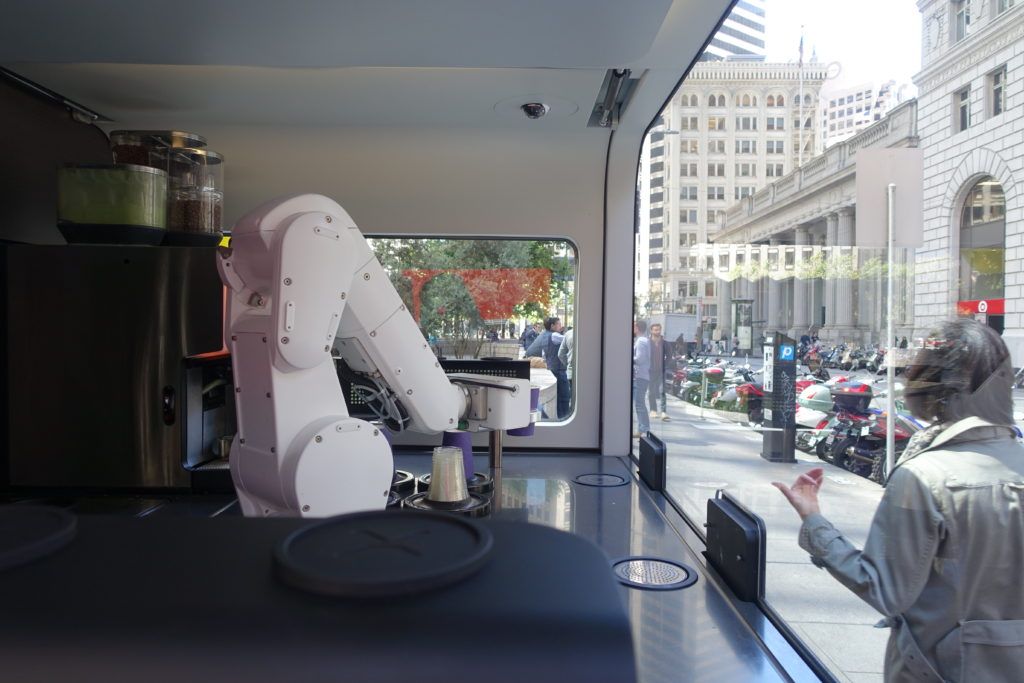
Earth Views from the Space Station
Posted in habitats, satellites
Behold, the Earth! See live views of Earth from the coming to you by NASA’s High Definition Earth Viewing (HDEV) experiment.
Behold, the Earth! See live views of Earth from the International Space Station coming to you by NASA’s High Definition Earth Viewing (HDEV) experiment.
While the experiment is operational, views will typically sequence through the different cameras. If you are seeing a black image, the Space Station is on the night side of the Earth. If you are seeing an image with text displayed, the communications are switching between satellites and camera feeds are temporarily unavailable. Between camera switches, a black & gray slate will also briefly appear.
The experiment was activated on April 30, 2014 and is mounted on the External Payload Facility of the European Space Agency’s Columbus module. This experiment includes several commercial HD video cameras aimed at the Earth which are enclosed in a pressurized and temperature controlled housing. To learn more about the HDEV experiment, visit: https://eol.jsc.nasa.gov/ESRS/HDEV/
3D bioprinting is a process for patterning and assembling complex functional living architectures in a gradient fashion. Generally, 3D bioprinting utilizes the layer-by-layer method to deposit materials known as bioinks to create tissue-like structures. Several 3D bioprinting techniques have been developed over the last decade, for example, magnetic bioprinting, a method that employs biocompatible magnetic nanoparticles to print cells into 3D structures.
But now a Russian research team has developed a new method of bioprinting that allows to create 3D biological objects without the use of layer-by-layer approach and magnetic labels. The new method, which involves magnetic levitation research in conditions of microgravity, was conducted by the 3D Bioprinting Solutions company in collaboration with other Russian and foreign scientists, including the Joint Institute for High Temperatures of the Russian Academy of Sciences (JIHT RAS).
Satya Nadella, the chief executive officer of Microsoft Corp., calls quantum computing one of three emerging technologies that will radically reshape the world, along with artificial intelligence and augmented reality. But it’s easier to describe quantum computing’s importance — that is, its potential importance, because it barely exists now — than to say what it is. Understanding quantum mechanics, whose principles underpin quantum computing, involves a lot of mental mountain climbing. Someth.
Living in a culture dependant upon caffeine and lack of sleep, its important to remember that sleep offers an incredibly important biological function. One night of sleep deprivation is tied to Alzheimer’s disease.
While people once believed that sleep was merely a period of inactivity and rest, modern studies in chronobiology have shown that sleep is important for a variety of biochemical processes. A recent study suggests that sleep is even more important than physicians and scientists previously thought, allowing the brain to flush out toxic chemicals that build up over the course of a day.
Neurotoxins and Your Brain
The cells in your brain are busy throughout the day, performing a variety of reactions that create mental function. Unfortunately, many of these processes have toxic byproducts that could be deadly to cells if not removed.
Visual Cortex Photo
Posted in space travel
Dashing around a battlefield in the bulky robo-armor Tom Cruise wore in Edge of Tomorrow won’t cut it in the real world. For starters, it’s way too big. And the energy required to power something that size—via a gas engine strapped to your back in some early inventor iterations—is noisy and a giveaway to the enemy that you’re approaching.
But a raft of newly developed exoskeletons is starting to meet the slimmed-down, stealth requirements of today’s troop commanders, who see these power-assisting suits as vital to the future combat missions. Among the most promising, and weird-looking, is the “third arm” that the U.S. Army Research Laboratory developed to help soldiers carry and support their weapons on the battlefield. The lightweight device, which weighs less than four pounds and hangs at a soldier’s side, stabilizes rifles and machine guns, which can weigh up to 27 pounds. This improves shooting accuracy and also minimizes fatigue. It can even be used while scrambling into position on the ground.
The kind of fatigue that the third arm aims to negate is a killer on the battlefield, and most of the new suits are similarly meant to help troops minimize the energy they use to carry enormous supply packs, weapons and other battlefield gear. In May, Lockheed Martin unveiled its lightest weight powered exo for lower body support. Dubbed ONYX, the form-fitting suit, which resembles an unobtrusive web of athletic braces, reduce the effort soldier’s need for walking, running, and climbing over varied terrain while carrying a heavy loads of up to 100 pounds.
What if a large class of algorithms used today—from the algorithms that help us avoid traffic to the algorithms that identify new drug molecules—worked exponentially faster?
Computer scientists at the Harvard John A. Paulson School of Engineering and Applied Sciences (SEAS) have developed a completely new kind of algorithm, one that exponentially speeds up computation by dramatically reducing the number of parallel steps required to reach a solution.
The researchers will present their novel approach at two upcoming conferences: the ACM Symposium on Theory of Computing (STOC), June 25–29 and International Conference on Machine Learning (ICML), July 10 −15.
